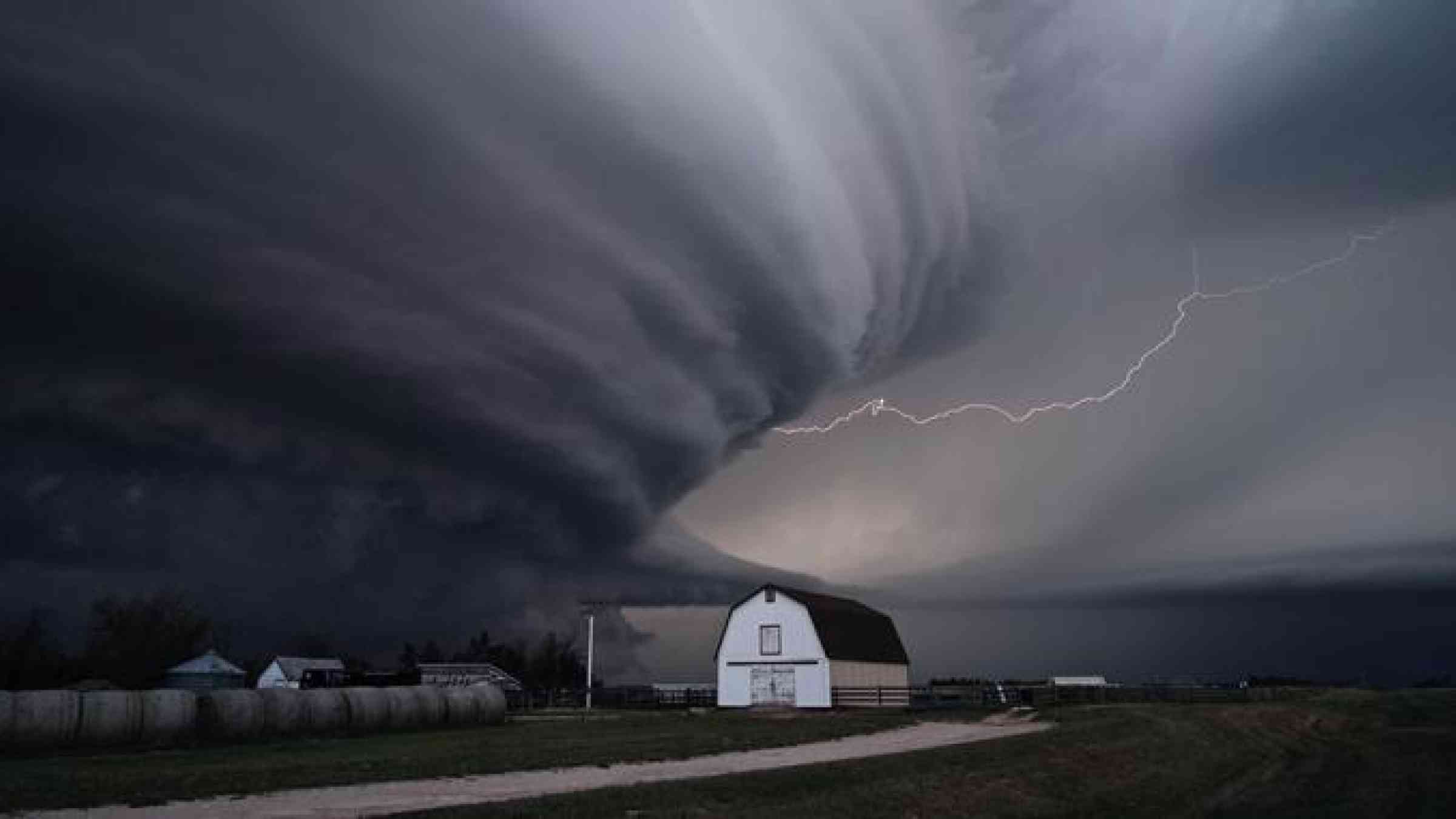NOAA upgrades the U.S. global weather forecast model

Improved model will boost weather forecasts across the U.S.
NOAA’s flagship weather model — the Global Forecast System (GFS) — is undergoing a significant upgrade today to include a new dynamical core called the Finite-Volume Cubed-Sphere (FV3). This upgrade will drive global numerical weather prediction into the future with improved forecasts of severe weather, winter storms, and tropical cyclone intensity and track.
NOAA research scientists originally developed the FV3 as a tool to predict long-range weather patterns at time frames ranging from multiple decades to interannual, seasonal and subseasonal. In recent years, creators of the FV3 at NOAA’s Geophysical Fluid Dynamics Laboratory expanded it to also become the engine for NOAA’s next-generation operational GFS.
“In the past few years, NOAA has made several significant technological leaps into the future – from new satellites in orbit to this latest weather model upgrade,” said Secretary of Commerce Wilbur Ross. “Through the use of this advanced model, the dedicated scientists, forecasters, and staff at NOAA will remain ever-alert for any threat to American lives and property.”
The FV3-based GFS brings together the superior dynamics of global climate modeling with day-to-day reliability and speed of operational numerical weather prediction. Additional enhancements to the science that produce rain and snow in the GFS also contribute to the improved forecasting capability of this upgrade.
“The significant enhancements to the GFS, along with creating NOAA’s new Earth Prediction Innovation Center, are positioning the U.S. to reclaim international leadership in the global earth-system modeling community,” said Neil Jacobs, Ph.D., acting NOAA administrator.
The GFS upgrade underwent rigorous testing led by NOAA’s National Centers for Environmental Prediction (NCEP) Environmental Modeling Center and NCEP Central Operations that included more than 100 scientists, modelers, programmers and technicians from around the country. With real-time evaluations for a year alongside the previous version of the GFS, NOAA carefully documented the strengths of each. When tested against historic weather dating back an additional three years, the upgraded FV3-based GFS performed better across a wide range of weather phenomena.
The scientific and performance evaluation shows that the upgraded FV3-based GFS provides results equal to or better than the current global model in many measures. This upgrade establishes the foundation to further advancements in the future as we improve observation quality control, data assimilation, and the model physics.
“We are excited about the advancements enabled by the new GFS dynamical core and its prospects for the future,” said Louis W. Uccellini, Ph.D., director, NOAA’s National Weather Service. “Switching out the dynamical core will have significant impact on our ability to make more accurate 1-2 day forecasts and increase the level of accuracy for our 3-7 day forecasts. However, our job doesn't end there — we also have to improve the physics as well as the data assimilation system used to ingest data and initialize the model.”
Uccellini explained that NOAA’s work with the National Center for Atmospheric Research to build a common infrastructure between the operational and research communities will help advance the FV3-based GFS beyond changing the core. “This new dynamical core and our work with NCAR will accelerate the transition of research advances into operations to produce even more accurate forecasts in the future,” added Uccellini.
Operating a new and sophisticated weather model requires robust computing capacity. In January 2018, NOAA augmented its weather and climate supercomputing systems to increase performance by nearly 50 percent and added 60 percent more storage capacity to collect and process weather, water and climate observations. This increased capacity enabled the parallel testing of the FV3-based GFS throughout the year.
The retiring version of the model will no longer be used in operations but will continue to run in parallel through September 2019 to provide model users with data access and additional time to compare performance.
Learn about the rich history of the Finite-Volume Cubed-Sphere dynamical core.